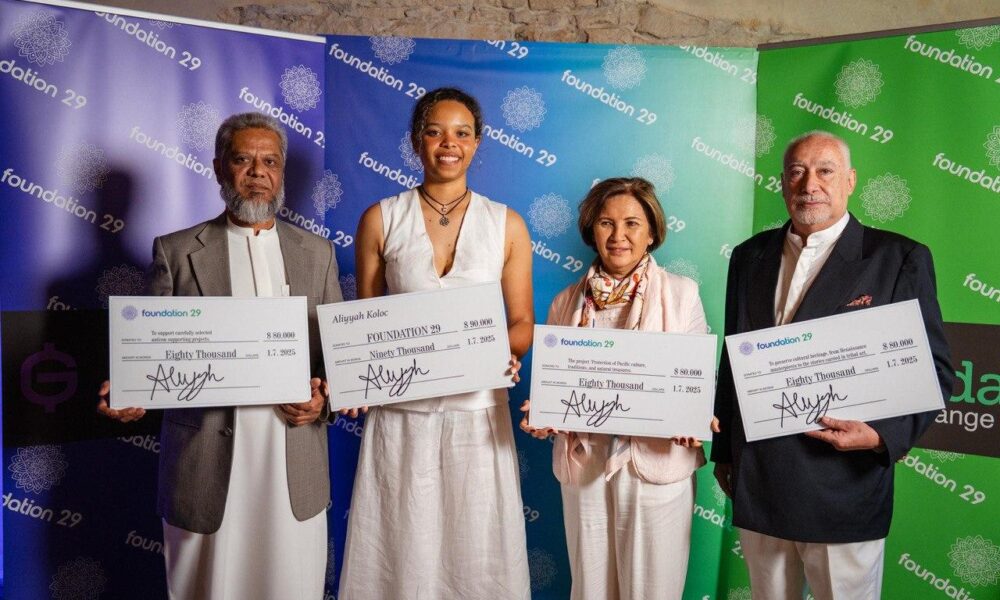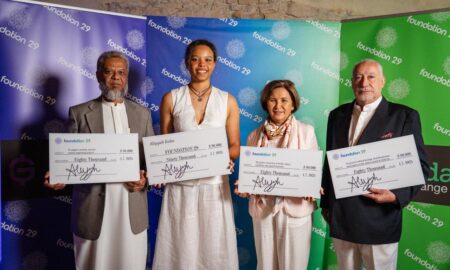When embarking on a tour of Romania, the breathtaking landscapes and historical architecture often steal the spotlight. But tucked away in galleries, churches, and even the everyday streets of its cities is an equally captivating journey: the evolution of Romanian art. From medieval frescoes and traditional folk crafts to modernist masterpieces and contemporary creations, Romanian art is a vibrant testament to the country’s rich cultural heritage and complex history.
Let me take you on a journey through Romanian art—a journey that reveals not only the artistic mastery of its creators but also the soul of a nation that has stood resilient through centuries of change.
The beginnings: Medieval art and religious iconography
Romanian art’s earliest expressions are deeply rooted in religion. During the medieval period, when Christianity took hold in the region, churches and monasteries became the primary patrons of art. Frescoes and icons adorned the walls of these sacred spaces, illustrating biblical stories with vivid colors and intricate details.
One of the most remarkable examples of this period is the Painted Monasteries of Bukovina, a UNESCO World Heritage Site. The exterior walls of monasteries like Voroneț, Sucevița, and Humor are adorned with intricate frescoes that have withstood centuries. The “blue of Voroneț,” a rich, almost mystical hue, has become iconic in its own right, earning the monastery the nickname “Sistine Chapel of the East.”
Each fresco tells a story, not just of religious devotion but also of the daily lives, hopes, and fears of the people who created and revered them. The Byzantine influence is evident in the use of gold accents, stylized figures, and symmetrical compositions. Yet, there’s also a distinctly Romanian touch—a harmony with nature and an earthy warmth that sets it apart from other Orthodox art.
Folk art: The heart of romanian culture
As the centuries progressed, folk art emerged as a cornerstone of Romania’s cultural identity. While medieval art was centered around religion, folk art reflected the everyday life and traditions of the Romanian people. It’s a celebration of color, pattern, and symbolism that permeates textiles, pottery, woodcarving, and even traditional clothing.
The Romanian blouse, or ie, is one of the most famous expressions of folk art. Embroidered with intricate geometric and floral patterns, these blouses are not just garments—they’re stories. Each region of Romania has its unique motifs and color schemes, making the ie a walking canvas of cultural heritage.
Pottery is another standout. In places like Horezu, a town in southern Romania, artisans have perfected the craft of ceramic-making over generations. The Horezu pottery style, characterized by spirals, roosters, and bold colors, is so unique that it has earned recognition on UNESCO’s Intangible Cultural Heritage list.
The modernist wave: Brâncuși and beyond
No discussion of Romanian art would be complete without mentioning Constantin Brâncuși, one of the most influential sculptors of the 20th century. Born in a small village in Oltenia, Brâncuși’s journey took him from rural Romania to the studios of Paris, where he became a pioneer of modernist art.
Brâncuși’s works are a blend of simplicity and profound depth, inspired by Romanian folk art and his philosophical musings. “The Endless Column,” part of his sculptural ensemble in Târgu Jiu, is a masterpiece of abstraction that symbolizes infinity and continuity—a tribute to the sacrifices made during World War I.
His other iconic works, like “Bird in Space” and “Sleeping Muse,” distill complex emotions and ideas into sleek, minimal forms. To stand before one of Brâncuși’s sculptures is to experience art stripped to its essence, where every curve and surface feels deliberate, almost sacred.
Brâncuși’s influence continues to resonate, not only in Romania but globally, inspiring generations of artists to push boundaries while staying rooted in their cultural heritage.
Contemporary romanian art: A reflection of modern times
In recent decades, Romanian art has entered a new phase, reflecting the country’s transition from communism to democracy and its integration into the global art scene. Contemporary artists are exploring themes of identity, memory, and social change, often through innovative and provocative mediums.
One standout is Adrian Ghenie, whose haunting, textured paintings have made waves in the international art world. Ghenie’s works, such as “The Sunflowers in 1937,” reimagine historical and cultural moments with a surreal, almost dreamlike intensity. His ability to merge personal and collective memory makes his art deeply resonant, both within and beyond Romania.
Another notable name is Mircea Cantor, a multidisciplinary artist whose works explore themes of migration, belonging, and spirituality. Cantor’s pieces often blur the lines between the mundane and the profound, inviting viewers to question their perceptions.
Romania’s vibrant contemporary art scene is also bolstered by institutions like the National Museum of Contemporary Art (MNAC) in Bucharest and the Cluj School of Art, a hub for emerging talent. Exhibitions, festivals, and galleries across the country showcase the diversity and dynamism of Romanian art today.
Experiencing romanian art firsthand
If you’re planning a tour of Romania, make sure to include its artistic landmarks on your itinerary. Start with Bucharest, where the National Museum of Art of Romania houses an extensive collection spanning medieval to modern works. The Museum of the Romanian Peasant is another must-visit, offering a glimpse into the country’s rich folk traditions.
From there, venture to Târgu Jiu to see Brâncuși’s masterpieces in their natural setting. And don’t miss the Painted Monasteries of Bukovina or the vibrant art scene in Cluj-Napoca, where contemporary galleries and street art coexist with historic charm.
Romanian art: A window to the soul
Romanian art is more than just an aesthetic experience—it’s a window into the soul of a nation. It tells stories of resilience, creativity, and an unbreakable connection to tradition and nature. Whether through the spiritual frescoes of medieval monasteries, the bold patterns of folk crafts, or the innovative visions of modern artists, Romanian art offers a glimpse into the heart of Europe and the spirit of its people.
So the next time you think of Romania, don’t just picture the rolling hills of Transylvania or the bustling streets of Bucharest. Instead, imagine a place where art is not just created but lived—a place where every brushstroke and carving carries the weight of history and the promise of the future.
Read More From Techbullion





























